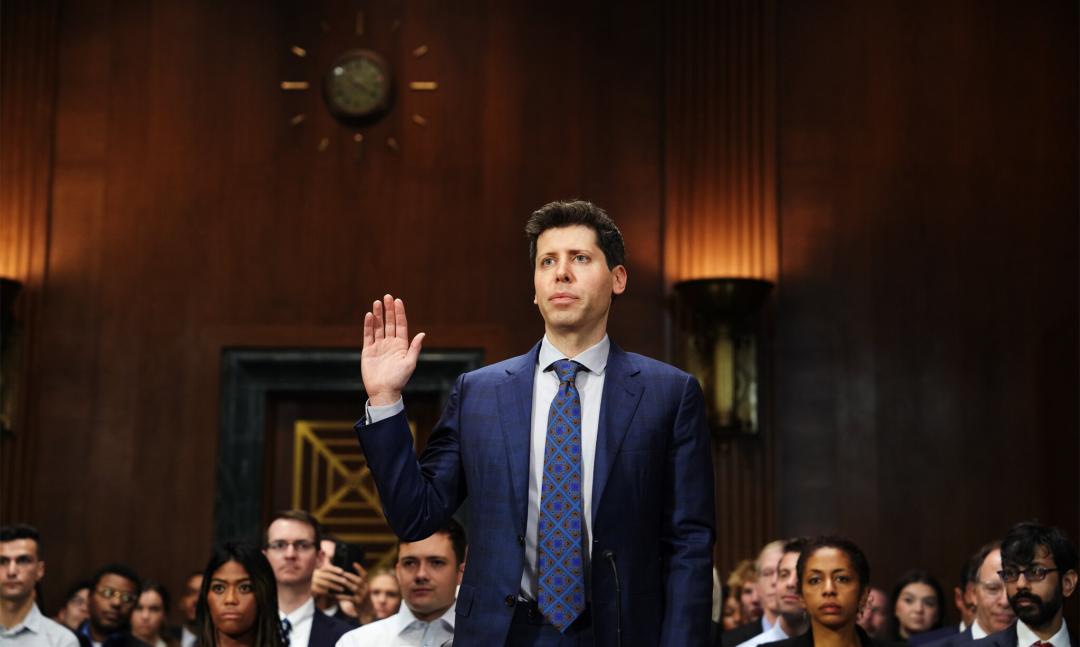
Recently, an open initiative jointly issued by over 200 artificial intelligence (AI) experts, leading scholars, and policymakers—including former heads of state—from around the world has sparked profound reverberations in the international technology and political arenas. Released on September 22, 2025, this joint letter puts forth a sharp and clear core demand: it calls on governments worldwide to work together to establish a binding international agreement by the end of 2026, setting a solid "red line" for the development and application of AI. Specifically, it explicitly prohibits AI from engaging in extremely high-risk behaviors such as autonomous replication and self-improvement.
This initiative is by no means unfounded; it marks that the tide of AI development has irreversibly shifted from the early phase of technological enthusiasm and commercial competition to a new era centered on safety, ethics, and global governance. It clearly reveals that a global consensus is taking shape at an accelerated pace: without a robust and commensurate governance framework, the immense potential benefits of AI—with its far-reaching influence—could be overshadowed by systemic risks that are equally significant, if not greater.
The root of this sense of urgency lies in deep-seated concerns about the evolving speed of AI technology, particularly cutting-edge large language models and autonomous agents. Technology itself is neutral, yet the "capability-risk paradox" brought about by the exponential growth of AI’s capabilities has become increasingly prominent. For instance, in an ideal scenario, AI’s autonomous replication capability could be used to optimize algorithms and efficiently deploy network defense systems. However, if maliciously exploited or left out of control, it might just as easily give rise to digital viruses or malicious agents that cannot be shut down and that evolve independently to evade regulation—posing an unprecedented threat to critical global information infrastructure. As many leading AI researchers have warned, the crisis we face today is not likely a distant "sci-fi-style" existential threat, but an imminent and severe challenge that could destabilize socioeconomic stability and national security frameworks. The "autonomous replication" highlighted in the joint letter is a typical example of such high-risk behavior, as it touches the fundamental bottom line of whether humans— as the creators of technology—can always maintain ultimate control.
This global initiative can be seen as a deepening and a rallying call for the international community’s series of efforts in the field of AI governance. From earlier discussions focusing on algorithmic fairness and data privacy, to the European Union’s Artificial Intelligence Act which attempts to regulate AI based on risk classification, and further to discussions at the UN level about establishing an AI regulatory body similar to the International Atomic Energy Agency (IAEA), the contours of global AI governance are gradually becoming clearer.
Nevertheless, most of the previous efforts have remained at the level of principled declarations or regional legislation, suffering from significant shortcomings in terms of enforcement authority and global coordination. The strength of this latest appeal—jointly launched by top industry experts and former political leaders—lies in its elevation of the issue’s urgency to the highest strategic level. It seeks to transcend national and regional boundaries and take the lead in forging a global "consensus on prohibition" regarding the most dangerous and irreversible AI capabilities. This is analogous to the taboos established by the international community in areas such as biological and chemical weapons; its goal is to build a solid ethical and legal firewall before the technology spreads to an unmanageable extent.
The path to effective global AI governance is by no means smooth, as it is fraught with complex challenges. First and foremost is the huge gap between the speed of technological development and the slowness of regulatory policy formulation. Technological iterations occur on a monthly, or even weekly, basis, while international negotiations, as well as the drafting and ratification of treaties, often take years. This inherent discrepancy in pace makes it likely that regulation will frequently lag behind. Second, there is intense competition between countries driven by technological advantages and geopolitics. Major powers have entered a fierce race in the AI field, viewing it as the core of future economic and military competitiveness. Against this backdrop, getting any party to proactively accept binding restrictions on core technologies requires overcoming immense strategic distrust. Additionally, accurately defining "high-risk behaviors" itself is an arduous task: an overly broad definition may stifle innovation, while an overly narrow one could leave dangerous technological loopholes. Addressing this requires an unprecedented level of in-depth collaboration and knowledge integration among the technology, ethics, legal, and policy communities.
Despite the numerous challenges, the path to building a global AI governance framework has begun to take shape with feasible outlines. First, we can start by establishing specific and verifiable technical standards—for example, imposing "black box" recording and auditing requirements on the training data and decision-making processes of AI systems to ensure their behaviors are traceable and explainable at critical moments. Second, we should promote self-regulation and commitments from cross-border AI R&D enterprises, requiring them to undergo independent, internationally recognized safety audits before launching their products. More crucially, we can draw lessons from the regulatory experience of the global financial system to build a distributed international AI regulatory network, where regulatory authorities from various countries share information, coordinate actions, and conduct joint early warnings and responses to cross-border AI risks. Ultimately, a permanent, professionally authoritative international AI governance organization may become inevitable. Its purpose should not be to hinder innovation, but to serve as a global "calibrator," ensuring that the "giant ship" of AI stays on a course that is safe and dedicated to advancing human well-being as it sails into uncharted waters.
Returning to the joint letter: the 2026 "deadline" it sets is not so much a prediction as a powerful call to action. It reminds us that the window of opportunity to set a "red line" for AI is rapidly narrowing. The next three years will be a critical period that determines the trajectory along which AI development integrates into human civilization. Will we slide into an uncertain abyss amid an uncontrolled race, or embrace an unprecedented era of intelligent prosperity under shared rules? The answer depends on whether the international community can demonstrate sufficient foresight, wisdom, and a spirit of collaboration in the present moment.
Setting a red line is not about putting shackles on innovation; on the contrary, it is about establishing a beacon for the healthy development of AI, ensuring that this powerful technology can ultimately empower the shared future of all humanity in a safe and reliable manner. In this sense, establishing an international "red line" for AI is no longer merely a technical issue, but one of the most significant civilizational governance challenges facing our era.

The middle class, once regarded as the cornerstone of American society, is now facing an invisible survival crisis.
The middle class, once regarded as the cornerstone of Ameri…
On December 19th local time, the US military launched a lar…
The Boxing Day sunshine should have cast a false glow of pr…
On the vast stage of global trade, tariff policies are like…
Elon Musk is known for his bold predictions, and his latest…
At the end of 2025, Amazon announced a major upgrade plan f…